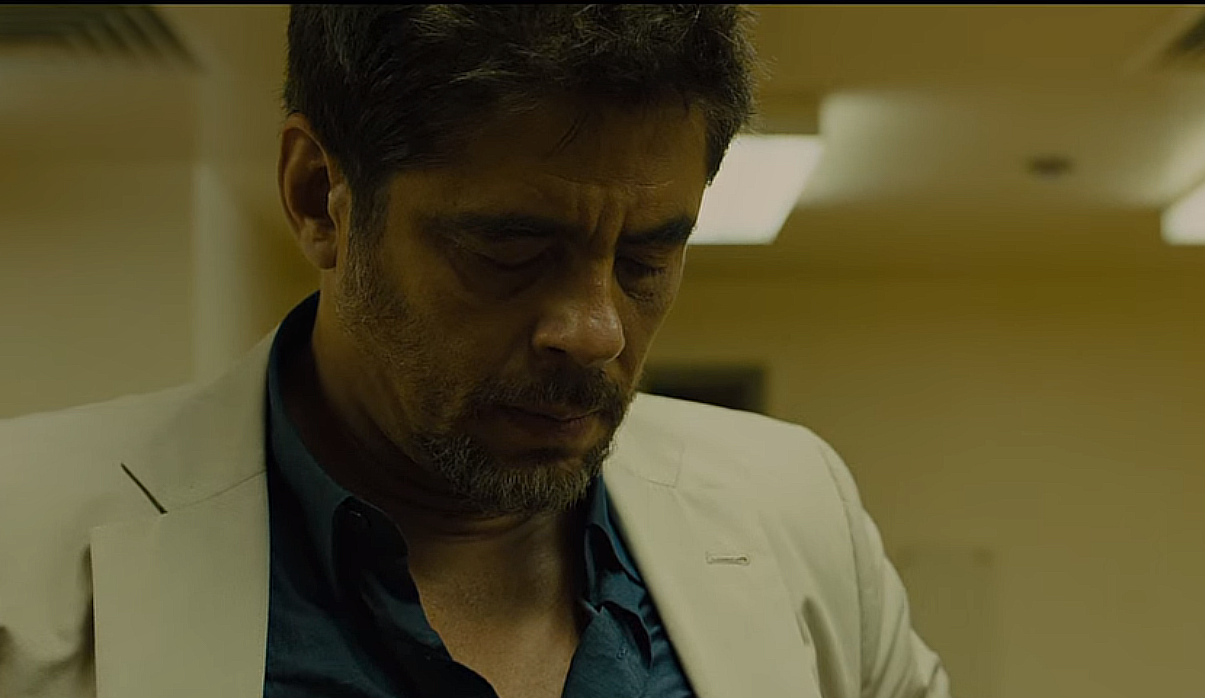“Sicario” (2015) is a masterful blend of suspense, politics, and moral complexity that leaves audiences pondering its intricate scenes and provocative themes. Among these scenes, the interrogation room sequence stands out as a gripping and enigmatic moment that raises questions about power dynamics, brutality, and the lengths people will go to in the name of justice. In this article, we delve into the intricacies of the Sicario interrogation scene to explore what truly happened and the multiple layers of interpretation it offers.
Table of Contents
The Intensity of “Sicario”
“Sicario” is much more than a mere action-thriller; it’s a thought-provoking exploration of the moral gray areas that emerge in the midst of the escalating drug war along the US-Mexico border. With its well-crafted storytelling, the film captures the complexity of its characters and the tensions inherent in their roles.
Sicario: The Interrogation Scene
At the heart of the film lies an unforgettable sequence: the interrogation of Guillermo by the mysterious Alejandro. This scene embodies the film’s themes of power, control, and the blurred lines between justice and revenge. Alejandro’s unflinching demeanor and his calculated tactics make this scene unforgettable.
The Waterboarding Conundrum
The centerpiece of the interrogation room is a 5-gallon water jug, a visual symbol that sparks debate about the nature of the torture being inflicted. Waterboarding, a controversial and harrowing technique, seems to be the implied method. Alejandro’s choice to carry the jug into the room amplifies the tension, prompting viewers to brace themselves for a brutal display.
Bait-and-Switch Dynamics
One of the most captivating aspects of this scene is the expert use of bait-and-switch techniques. The narrative toys with our expectations, both as viewers and as captives alongside Guillermo. The film offers a glimpse of Alejandro’s humanity in a moment of empathy with another captive, only to shatter that perception by revealing his ruthlessness.
The Power Play: Sexual Dominance
Alejandro’s demeanor takes a disturbing turn when he enters the room and stands in close proximity to Guillermo, an act of dominance and intimidation that implies sexual control. This twist adds another layer to the scene, highlighting the complex dynamics of power that extend beyond physical torture.
The Dissonance of Sound and Image
As Alejandro begins the interrogation, the audience is subjected to a dissonance between sound and image. The jug, assumed to be a tool of waterboarding, remains closed, and the floor is dry. The rhythmic grunting suggests torture, but the absence of water confounds expectations. This dissonance becomes a pivotal moment, shifting our perceptions and opening the door to alternative interpretations.
The Unsettling Suggestion of the Sicario Interrogation
Director Denis Villeneuve masterfully crafts this scene to provoke discomfort and unease. The precise details chosen for visual emphasis leave room for interpretation. Whether the scene suggests rape or not, it undeniably conveys the extent to which Alejandro and those he represents are willing to go in pursuit of their goals.
Conclusion
The Sicario interrogation scene is a microcosm of the film’s intricate narrative and thematic depth. Through clever storytelling techniques, the scene defies expectations, confronts viewers with uncomfortable truths, and highlights the inherent moral dilemmas present in the world it portrays. As audiences continue to discuss and dissect this memorable moment, “Sicario” remains a testament to the power of cinema to challenge and provoke.
